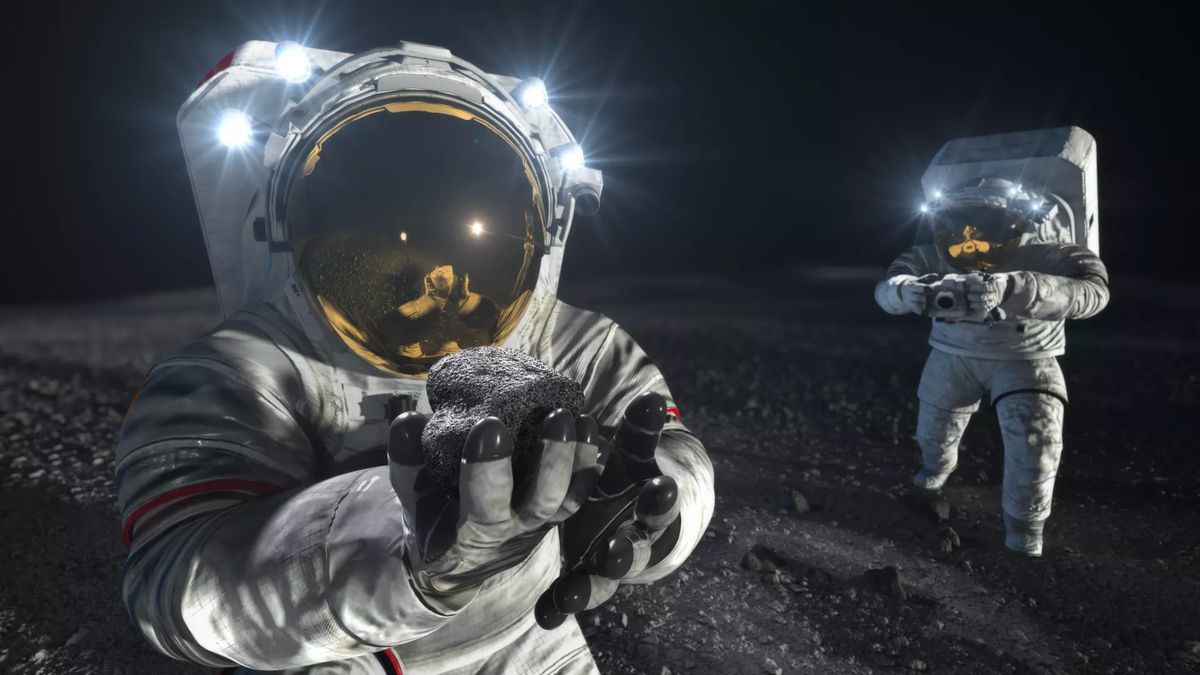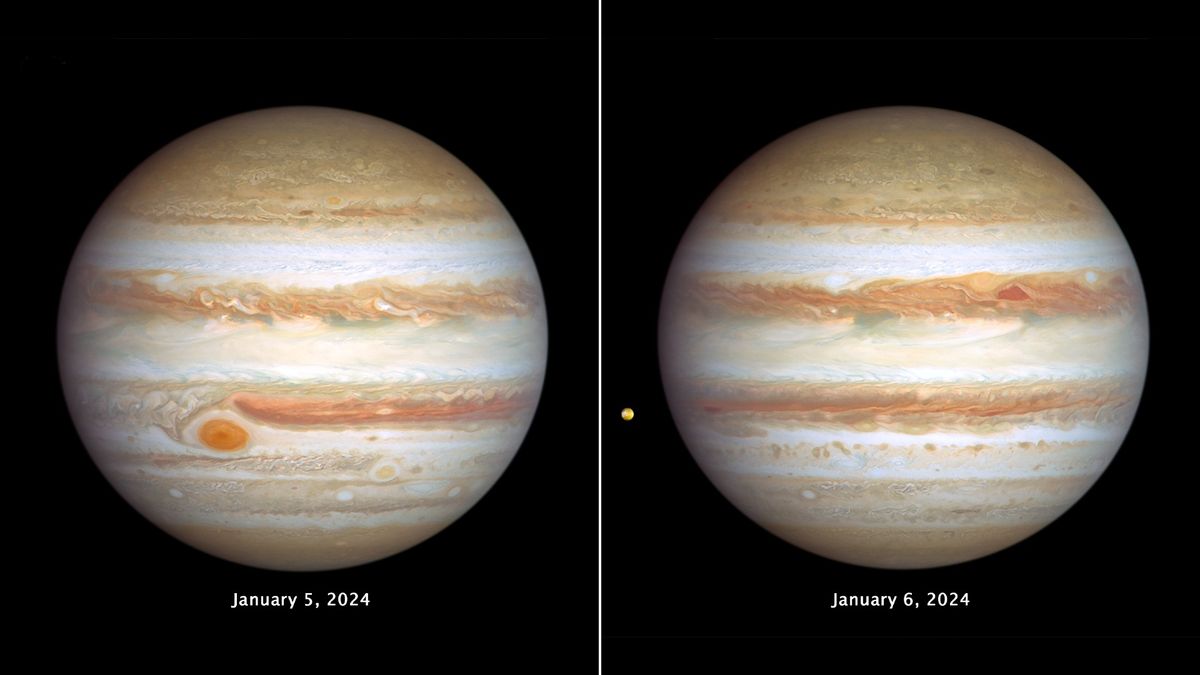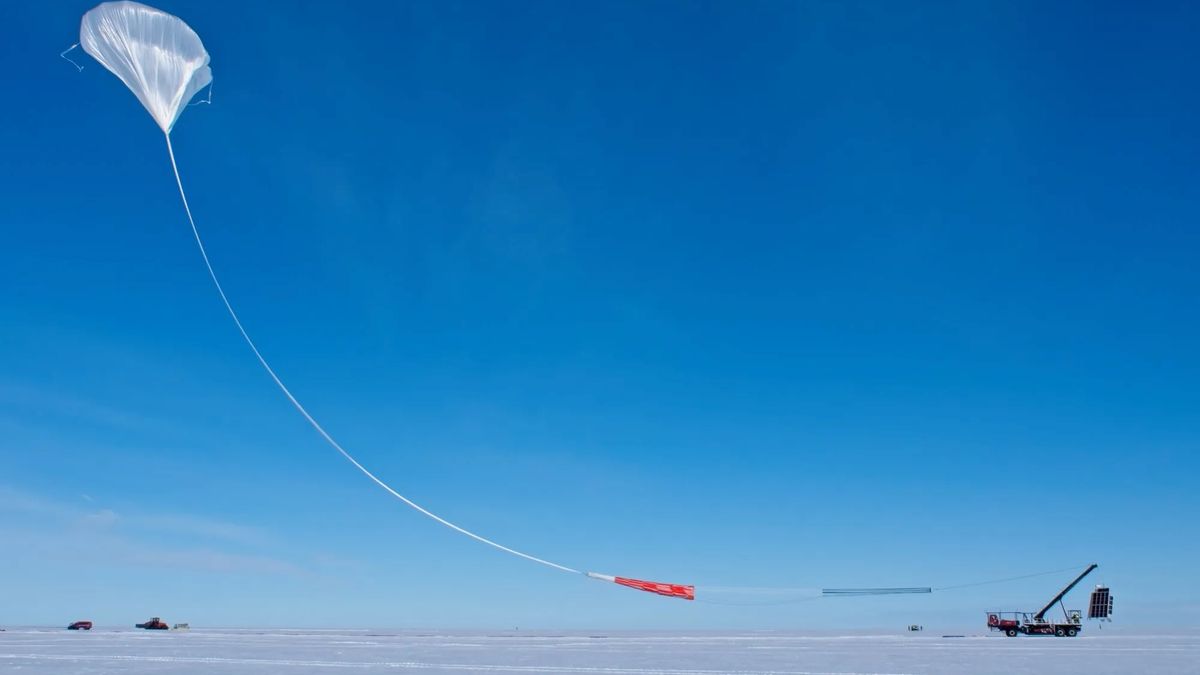The Lunar Environment Monitoring Station: A Critical Component of the Artemis 3 Mission
The Lunar Environment Monitoring Station (LEMS) has been identified as one of the essential payloads selected by NASA for the upcoming Artemis 3 mission. This significant mission aims to land humans on the moon in 2026, marking the first human presence on the moon in over half a century. LEMS, a compact and autonomous seismometer, has been strategically designed to endure the harsh lunar environment, particularly the extended periods of cold during the lunar night. It will operate seamlessly during the day, continuously monitoring ground motion from moonquakes.
A Revolutionary Endeavor in Lunar Exploration
The prime focus area for the deployment of LEMS is the region around the lunar south pole, precisely where the Artemis 3 astronauts are expected to land. The primary objective of LEMS is to observe and analyze moonquake activity, a phenomenon that was initially observed during the Apollo missions conducted between 1969 and 1972. Notably, the Apollo seismic data collected was limited to the Earth-facing side of the moon near the equator. Therefore, the absence of seismic data from the lunar south pole presents a critical gap that needs to be addressed for establishing a sustainable human presence in this region.
Groundbreaking Research and Development
Under the guidance of planetary scientist Mehdi Benna from the University of Maryland Baltimore County, a team of researchers embarked on the development of LEMS. The innovative station, akin to a buoy in the ocean, is self-sustaining and promises to operate autonomously for extended periods, akin to a seismic monitoring system. The project received funding from NASA’s Development and Advancement of Lunar Instrumentation program in 2018, catapulting the vision of LEMS to flight readiness.
Moonquakes are predominantly triggered by the gravitational interaction between the moon and Earth, coupled with the drastic temperature differentials on the lunar surface. The lunar surface experiences temperature fluctuations ranging from 250 degrees Fahrenheit (121 degrees Celsius) during the day to a bone-chilling minus 208 degrees Fahrenheit (minus 133 degrees Celsius) during the night. These extreme temperature differentials cause the moon to expand and contract, leading to seismic activities resembling the creaking of a house in response to varying weather conditions on Earth.
Unraveling the Mysteries of the Lunar Surface
Studying moonquakes through the lens of LEMS will not only facilitate the strategic planning of Artemis landings but also offer invaluable insights into the geological composition and internal dynamics of the moon. By analyzing seismic waves that traverse through varying materials at distinct speeds, scientists anticipate gaining a deeper understanding of the moon’s formation process. The data collected by LEMS has the potential to illuminate the intricate mechanisms that govern the lunar surface, paving the way for groundbreaking discoveries in lunar science.
Image/Photo credit: source url





